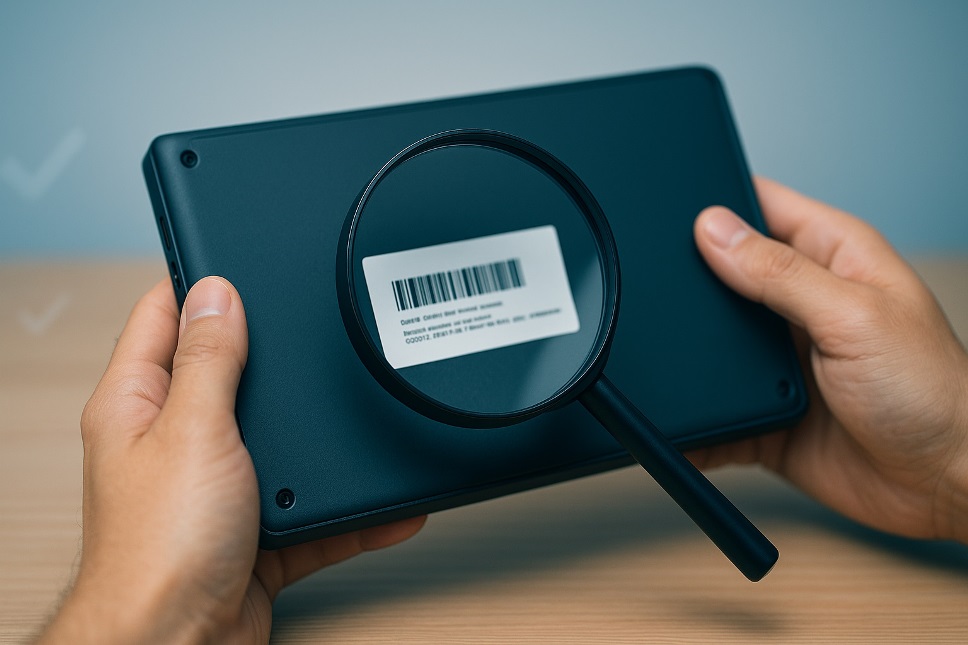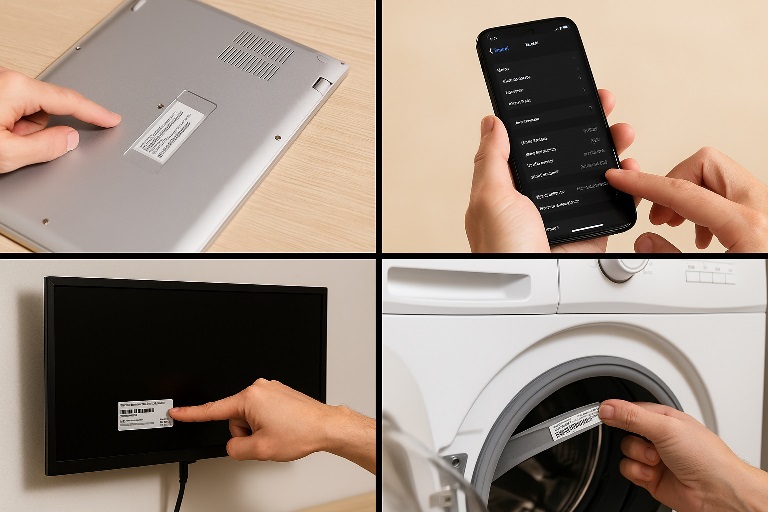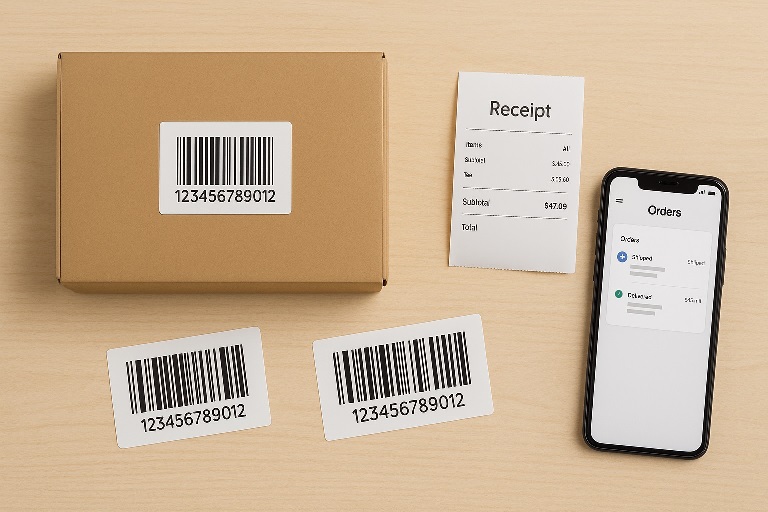
Clarity beats confusion. If you’re trying to identify a device precisely so you can get the right manual, parts, or support, this guide shows you exactly how the label system works in practice and where to look first. We’ll keep theory minimal and focus on practical, repeatable actions you can use immediately. Along the way, you’ll see the exact phrasing many support teams expect, plus a simple method to document results so you never have to hunt twice. You’ll also find the phrases fok959s-m model and how to find fok959s-m model used exactly where they help you confirm details without guesswork.
- Model vs. Serial—The shortest useful explanation
- Where labels actually live: concrete locations by product
- Menus and software paths that reveal the same code
- Variants and revisions: read the whole tag
- Packaging, receipts, and online accounts
- A clean verification workflow that doesn’t waste time
- When labels are worn or missing
- Common mistakes and how to avoid them
- Documentation template you can copy right now
- Example scenario: putting it all together
- Conclusion
- FAQs
Model vs. Serial—The shortest useful explanation
A model number groups many units that share the same design and documentation, while a serial number identifies one specific unit. That’s all you need to act. When a site or technician asks for the model, they’re trying to match you with the correct manual, firmware page, or parts list. If they ask which type of fok959s-m you have, they’re clarifying the exact variant tied to that model string. When they ask for the serial, they’re verifying warranty or repair history. Keep both handy, but don’t confuse them.
Where labels actually live: concrete locations by product

Different categories hide identifiers in different places. Use this field-tested checklist to move quickly and avoid false starts.
Laptops and desktops
Turn the device over and look for a metal or durable plastic plate near the rear edge or on the battery bay wall. On some models, the code sits beneath a service hatch; opening it reveals RAM or storage and a printed tag just inside. If the underside is smooth, the label may be on the hinge line or the original shipping box. This is often the fastest way to find fok959s-m model number when the sticker is intact.
Phones and tablets
Open Settings and visit the About section to see the model text exactly as the manufacturer records it. For older phones, the identifier may also be etched in tiny print on the back cover or SIM tray. Screenshots of the About page help support teams validate what they see on your label.
TVs and monitors
Check the back panel near the power input or the lower-right quadrant, where large safety labels cluster. Wall-mounted screens usually have the tag along the bottom edge; use a phone camera and flashlight to avoid dismounting. The on-screen menu often repeats the model under Support or About.
Home appliances
Open doors or panels: refrigerators place the tag inside the fresh-food compartment on a sidewall; washers and dryers use the door frame; microwaves print it on the interior cavity or door frame; dishwashers hide it on the inner lip. These labels are designed to survive cleaning, heat, and vibration.
Networking gear (routers, access points, modems)
Flip the unit over. The label typically sits on the underside near the default SSID and admin password. If the text has faded, a clear macro photo with your phone often reveals enough to transcribe.
Peripherals and accessories
Look on the cable strain relief, inner clamp, or battery compartment lid. Small parts often hide the model near the certification icons.
Menus and software paths that reveal the same code
If the exterior tag is missing or damaged, you can still confirm the identifier in software. On Windows, open System Information or the OEM utility; on macOS, use About This Mac and System Report; on Android and iOS, check the About screen in Settings; on smart TVs, open Support or System → About. The text you see here is the authoritative spelling—copy it character for character, including hyphens and suffixes. If you need to find fok959s-m model number in a hurry, this is often the most reliable fallback because it’s stored in the device’s configuration database.
Variants and revisions: read the whole tag
Manufacturers sometimes ship more than one type of fok959s-m for different regions or component batches. A short suffix, internal option code, or second row on the sticker may point to accessories, power standards, or board revisions. If you notice a small secondary code such as fc777tt, write that down next to the model; it helps parts catalogs and support tickets resolve to the exact configuration. When you record your fok859s-m information (and any sibling codes), take a photo of the entire label so future you doesn’t have to disassemble anything.
A second type of fok959s-m might differ only in bundled accessories or a minor internal change, but that’s enough to affect a charger, panel, or battery order. If your packing slip or online order shows a field labeled “Option” or “Rev,” it may repeat fc777tt or a similar internal tag that confirms the specific variant of the fok959s-m model you own.
Also Read: Cloud Storage Alternatives: A Guide to Owning Your Data
Packaging, receipts, and online accounts

If the device is new enough that you still have the box, check the barcode panel; it usually repeats the model number and any region suffix. Digital receipts, marketplace orders, and manufacturer accounts also store the exact text. Save a screenshot of the order confirmation and match it to the label before you file it away.
A clean verification workflow that doesn’t waste time
Use a three-stop loop: read the physical label, confirm the same string in a menu or app, then verify on the brand’s support site by entering the model into its search field. Once you’ve confirmed the fok959s-m model, bookmark the support page so you can return to manuals and firmware without repeating the hunt. This approach prevents errors caused by partial strings, typos, or mixing up serials and models.
When labels are worn or missing
If the tag is scratched, take a raking-light photo by holding the flashlight at a shallow angle; embossed characters often become legible. For paper labels, a clear macro photo sometimes reveals faded ink your eyes miss. If all else fails, the About screen combined with purchase records usually satisfies support. Provide both to the agent, and include a note with any companion code such as fc777tt so they can narrow the parts match immediately.
Common mistakes and how to avoid them
Don’t assume that a marketing name equals the identifier. Don’t copy only part of the string. Don’t rely on a reseller’s listing without matching the printed tag. And don’t file your notes without a photo—images settle debates when you talk to support or sell the device later.
Documentation template you can copy right now
Create one note for each device that includes a full-frame photo of the sticker, a screenshot of the menu entry, purchase date, retailer, and warranty status. Add fields for “Model,” “Serial,” “Variant/Option,” and “Support URL.” If your sticker or invoice lists a companion tag like fc777tt, record it in the Variant/Option field so it’s always attached to the identifier in your records.
Example scenario: putting it all together
You inherit a monitor with no box. You photograph the rear label, copy the model string exactly, confirm the spelling in the on-screen About menu, and paste it into the manufacturer’s support search. The site returns the correct manual, where you verify the panel size and inputs. Because your label also shows fc777tt, you include that in your notes so future cable or stand orders match the precise build. With the string confirmed in three places, you’re done—and you won’t repeat the process again.
Conclusion
Precision is power. With a reliable routine—label, menu, and support page—you can confirm the fok959s-m model quickly, file the proof once, and move forward with the right manual, parts, and updates. Keep your notes consistent and your photos clear, and you’ll turn identification from a chore into a one-time win that pays off for the life of the device.
FAQs
Q1. What’s the fastest single action if I only have a minute?
Open the device’s About or information screen, copy the model string exactly, and save a screenshot for your records.
Q2. How can I check that a marketplace listing is accurate before buying?
Ask the seller for a photo of the label and, if possible, a screenshot of the on-device About page. Compare both to the manufacturer’s support search results.
Q3. Should I keep the box after recording the model?
If space is tight, save a photo of the barcode panel and the receipt; you can recycle the box once your notes are complete.
Q4. What if my support portal can’t find the model I typed?
Double-check for look-alike characters, missing hyphens, or switched letters and confirm the exact spelling from the label or About screen.
Q5. How often should I update my documentation?
Any time you move, sell, or service the device, add a fresh photo or screenshot and verify the support page is still current.



